How Long Should a Baby Bounce? Safe Duration Tips,Babies should only stay in a bouncer for about 20 minutes at a time. It’s essential to monitor their time to prevent overstimulation and discomfort.
Understanding the appropriate duration for baby bouncer use is crucial for parents seeking to maintain their infant’s safety and development. A bouncer offers a secure place for infants to play and relax while allowing caregivers a moment to attend to household tasks.
Nonetheless, prolonged use can lead to potential physical and developmental issues, such as flat head syndrome or delayed motor skills. Staying within the recommended time frame ensures that the baby reaps the benefits of stimulation and entertaining motion without the risks associated with extended use. Always remember to use the bouncer under adult supervision, and adhere to the manufacturer’s guidelines for weight and age to keep your little one bouncing happily and healthily.
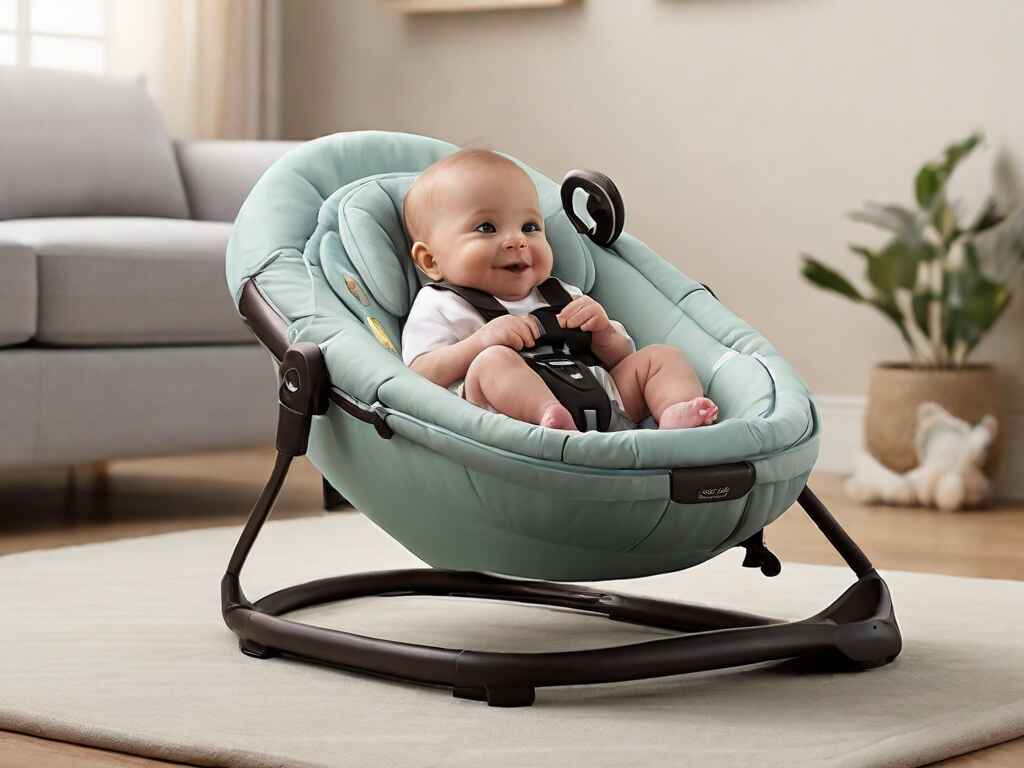
The Benefits Of Using A Baby Bouncer
Many parents wonder, “How long should a baby be in a bouncer?” While there is no one-size-fits-all answer, understanding the benefits can guide safe baby bouncer use. A good bouncer provides not just a cozy seat but also aids in your child’s growth. Below are key benefits and what to keep in mind for the best baby bouncers.
Encourages Physical Development
The gentle bouncing motion that baby bouncers provide stimulates physical development. It helps in strengthening their legs, back, and neck. Keep interactions short and sweet for maximum benefit.
Look for safe baby bouncer use guidelines, typically in the product’s manual, to ensure your baby’s safety. Not all bouncers are the same, so choose one that supports baby development and bouncers’ use effectively.
Soothes And Calms
Babies enjoy the rhythm of a bouncer. This soothing movement helps in keeping your little one calm. A calm baby is a happy baby. Remember, a bouncer is a tool, not a babysitter, so stay close by.
Frees Up Your Hands
Bouncers are a boon for parents. They offer a safe space for the baby while you take a moment to yourself. Use this opportunity to take care of household tasks or enjoy a well-deserved break. Always keep an eye on your baby, even as they enjoy one of the best baby bouncers. Remember to alternate bouncer time with other activities like tummy time, cuddling, and interactive play.
While using a bouncer, always follow safety recommendations. Baby bouncer alternatives like floor play, supervised belly time, and interactive toys boost development too. Mix and match activities for a happy, healthy baby.
Please note, that baby bouncer benefits should complement, not replace, human interaction and varied physical activities. Explore alternatives and find a balance that works for your family and lifestyle.
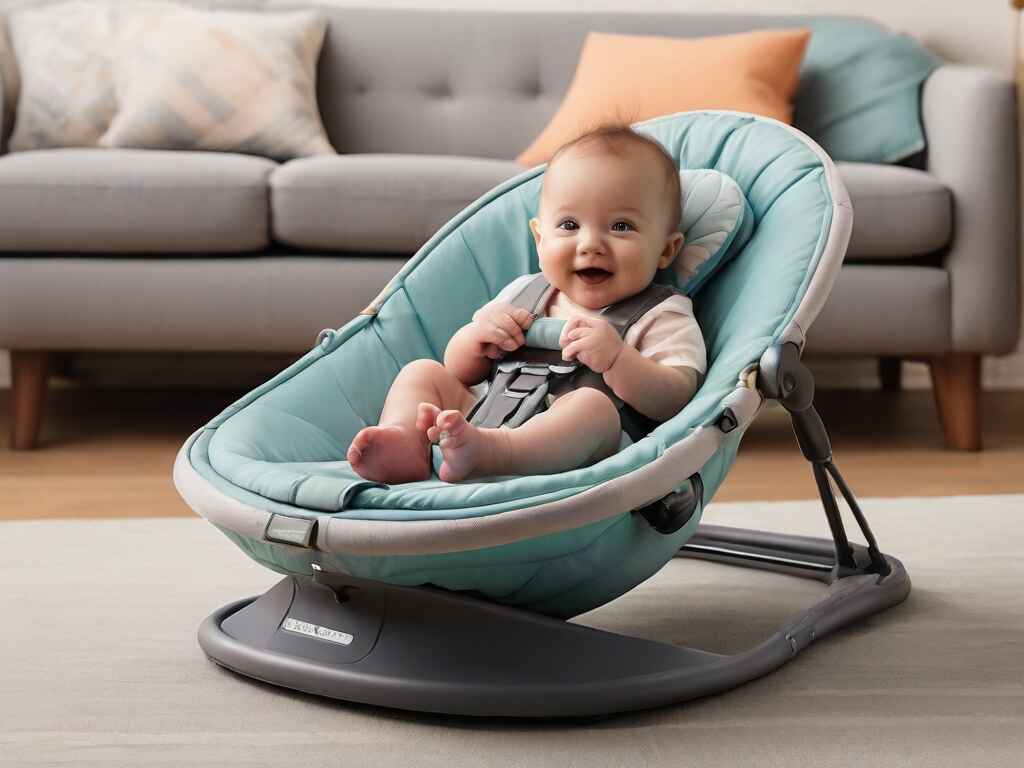
When Is A Baby Bouncer Appropriate?
Welcome to the discussion on ‘When is a Baby Bouncer Appropriate?’ Often, parents ask, “How long should a baby be in a bouncer?” It’s a vital question to ensure the safety and well-being of the littlest members of the family. Baby bouncers can be a heavenly reprieve for arms that have cradled for hours. But considerations come into play to make this experience beneficial for babies.
Early Developmental Stages
Baby bouncers are designed for the infant stage, which refers to babies aged below 6 months. During this time, infants are gaining control of their neck and head. A bouncer offers support and an opportunity to observe the world from a new vantage point. Always ensure your baby has adequate neck control before using a bouncer and limit time to prevent overstimulation.
When Supervision Is Available
Supervision is key when using a baby bouncer. Never leave an infant unattended. The presence of an adult ensures quick response to any distress or potential hazards. Aim to position the bouncer at floor level and in a place where constant monitoring is feasible. Use this tool as a way to engage with your baby through eye contact and conversation, further enhancing their development.
Only For Short Intervals
Experts recommend the use of a baby bouncer for short periods, typically no longer than 20 minutes at a time. Long durations can lead to over-reliance and decreased physical activity, which is essential for baby’s muscle development. Think of bouncers as a momentary aid rather than a permanent spot for your infant. Alternating between the bouncer, floor play, and cuddle time promotes a well-rounded routine.
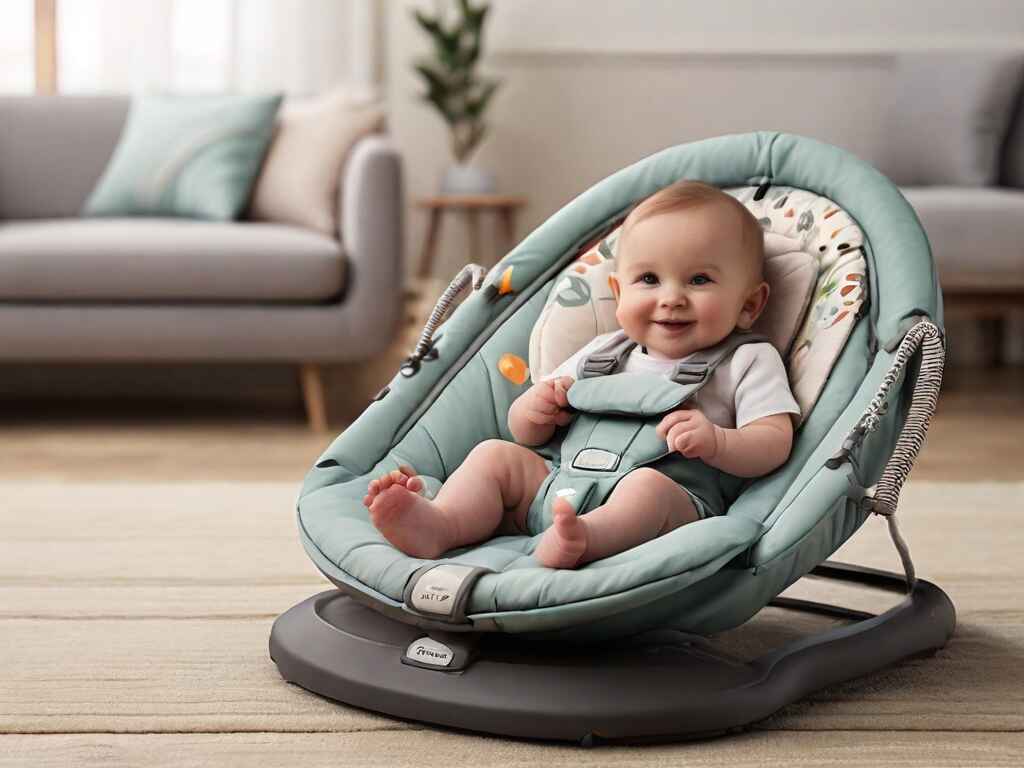
How Long Should A Baby Be In A Bouncer?
A Baby Bouncer is a parenting staple in many households, known for its soothing ability to calm and entertain little ones. But, knowing how long should a baby be in a bouncer is crucial for their safety and development.
No Set Time Limit
Officially, there’s no set baby bouncer time limit. Babies are unique, and so are their preferences and needs. Caregivers should watch for cues, like fussiness or sleepiness, to decide when to remove a baby from the bouncer.
15-20 Minute Sessions
Experts suggest keeping bouncer sessions short. Aim for 15-20 minute intervals. These brief periods allow play without overstimulation. They also help prevent the downsides of overusing a baby bouncer.
Alternate Positions
Varying positioning is key for a baby’s growth. How often can a baby use a bouncer? Use it sparingly. Alternate between tummy time, lap time, and bouncer time throughout the day for a healthy routine.
Avoid Overnight Use
Baby bouncers are not replacements for cribs. They offer no guarantee of safe sleep for babies in bouncers. Never let a baby sleep overnight in a bouncer, as it can cause discomfort and poses potential safety risks.
Understanding when to stop using a baby bouncer centers around observing your baby’s behavior and sticking to recommended usage times. Always prioritize your infant’s safety and comfort while enjoying this hands-free moment.
How Long Should a Baby Bounce? What Are The Risks Of Overusing A Bouncer?
A common question new parents ask is, “How long should a baby be in a bouncer?” While bouncers are popular for soothing infants, moderation is key. Overusing a bouncer could lead to unwanted risks for your little one’s health and development.
Flat Head Syndrome
Long hours in a bouncer may cause ‘Flat Head Syndrome’, a condition where part of a baby’s head becomes flattened. This happens because oft-used bouncer seats restrict free head movement.
Limited movement prevents babies from strengthening neck muscles and changing head positions often, leading to a flat spot. To avoid this, limit bouncer time and try other positions for play and rest.
Delayed Motor Development
Bouncers can also impact a baby’s motor skills. A baby needs plenty of floor time to crawl, roll, and play. These activities are critical for building muscles and coordination.
Too much bouncer time steals these opportunities, potentially delaying milestones like sitting up or crawling.
Risk Of Falls
Another concern is the risk of falls. Babies naturally wriggle and move, which could tip a bouncer over if not properly supervised.
Bouncers should always rest on flat, stable surfaces. Yet, even with precautions, there’s still a chance of a fall. Always stay within arm’s reach when baby’s in a bouncer.
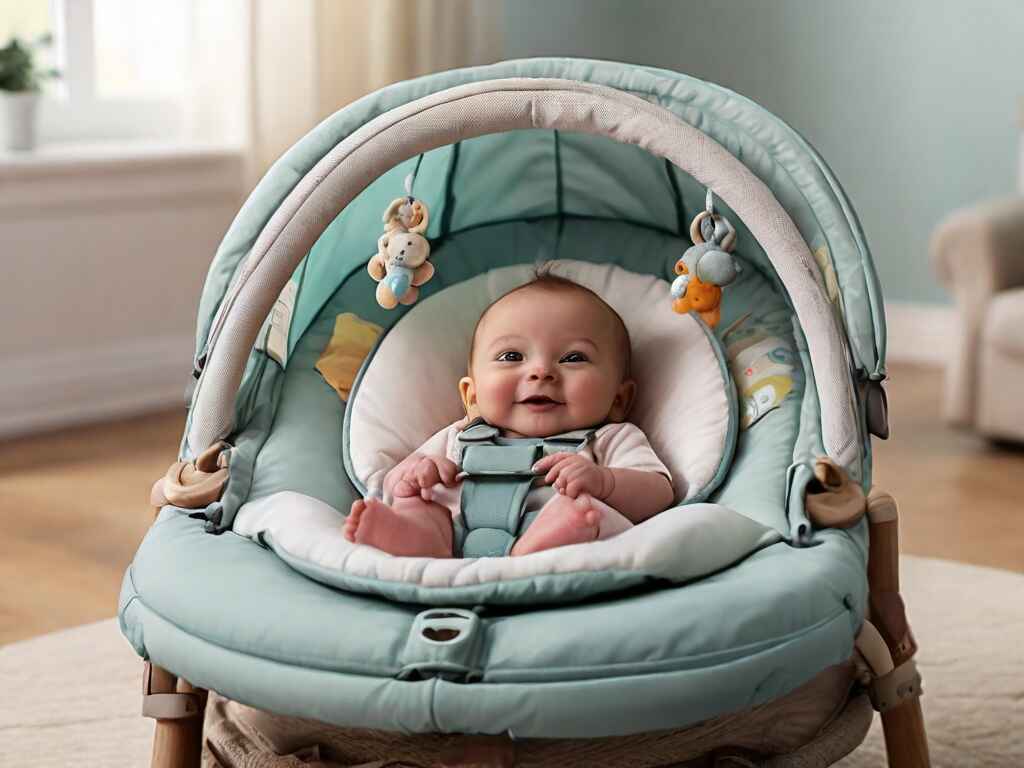
Less Opportunity For Floor Play
Floor play is crucial for babies. It helps them discover how to move their bodies and interact with their surroundings. Bouncers, while beneficial for brief periods, cannot replace the rich learning environment the floor provides.
To ensure balanced development, combine bouncer time with plenty of floor play. It encourages exploration, sensory stimulation, and fine motor skills development, which are vital for your baby’s growth.
Key Factors To Consider
Deciding how long a baby should be in a bouncer involves several important considerations. Parents and caregivers must evaluate various factors to ensure the baby’s safety and well-being. Let’s delve into the key elements that influence bouncer time.
Age Of The Baby
Infant age significantly impacts bouncer use. Newborns and very young infants have different needs than older babies. Typically, manufacturers suggest age guidelines. Check these before putting your baby in a bouncer. Keep rides short for younger babies.
Developmental Stage
The developmental milestones of a child matter. Can your baby hold their head up? Are they starting to roll over? These signs show readiness for more or less time in a bouncer. If unsure, ask a pediatrician for advice. They can offer personalized guidance based on your baby’s growth.
Bouncer Design
Not all bouncers are alike. Select a design appropriate for your baby’s size and weight. Look for supportive features and safety certifications. Confirm the bouncer can handle your baby’s weight without risk. Always secure your baby with provided harnesses to prevent falls.
Health Of The Baby
Babies with health concerns need special attention. Those with reflux may need shorter bouncer sessions. For babies with muscle tone issues, consult a healthcare provider. They can recommend appropriate time frames based on health status.
Remember, “How long should a baby be in a bouncer?” is a question with answers unique to each child. Always prioritize safety, comfort, and the baby’s happiness. If they seem discontent or sleepy, it’s time to take them out.
Alternatives To Using A Baby Bouncer
Parents often ponder “how long should a baby be in a bouncer“. While a bouncer is a convenient way to keep your baby entertained, it’s important to consider other options. These alternatives not only provide variety but also promote different developmental skills. Here, we explore a few such options worth considering.
Baby Swing
Baby swings mimic the rocking motion of a bouncer but often include different speeds and music settings. Let’s look at key attributes:
- Motion: Swings offer a gentle side-to-side or front-to-back motion.
- Use Time: Limit swing time as per manufacturer’s guidance, similar to bouncers.
- Supervision: Always keep an eye on your baby while in the swing.
Playpen
A playpen offers a safe space for babies to play and explore. Key points include:
- Space: Roomy area for toys and movement.
- Flexibility: Easy to set up and move around your home.
- Duration: Ideal for extended safe playtime.
High Chair
When it’s time to eat or engage in activities, a high chair is perfect. Important aspects are:
- Tray: Removable tray for eating or playing.
- Adjustable: Often height-adjustable for baby’s growth.
- Timeframe: Short duration use recommended.
Floor Play
Encouraging floor play aids in developing motor skills. Points to consider:
- Development: Great for tummy time and crawling.
- Safety: Use a safe and clean area with soft mats.
- Engagement: Keep engaging toys within baby’s reach.
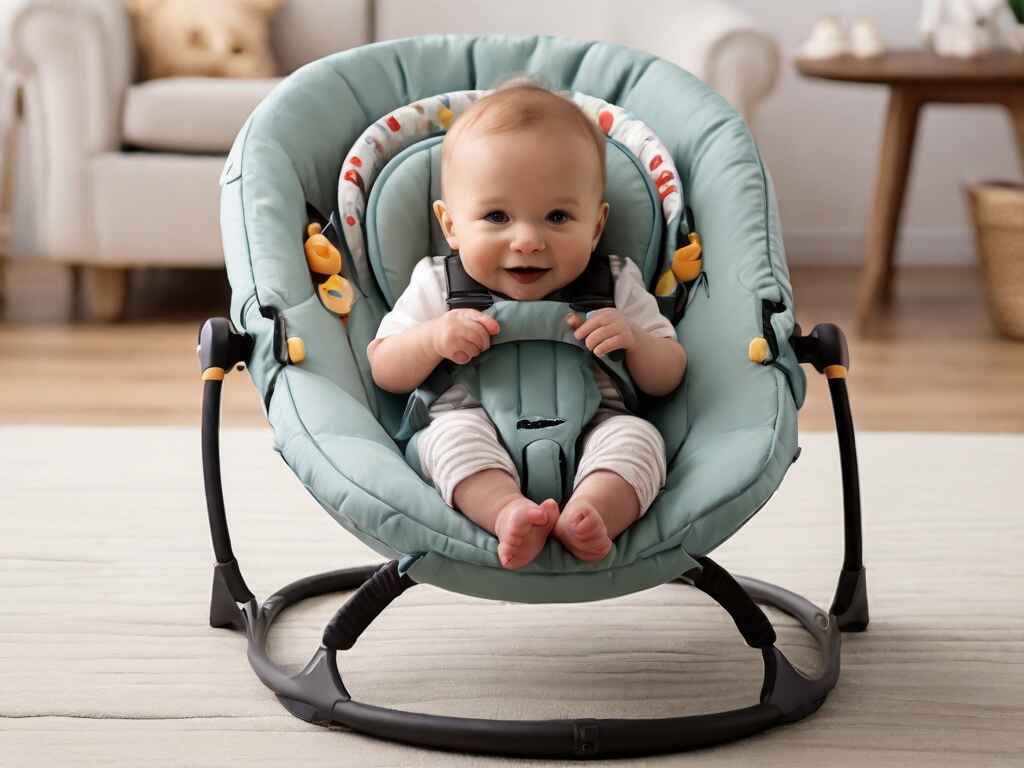
Frequently Asked Questions For How Long Should A Baby Be In A Bouncer?
How Long Should A Baby Be In A Bouncer A Day?
Babies should spend no more than 15-20 minutes at a time in a bouncer, with a maximum of 2 hours daily. Always supervise your baby while in the bouncer.
When Should You Stop Using A Baby Bouncer?
Stop using a baby bouncer when your child reaches the maximum weight limit, usually around 20-25 pounds, or can sit up unassisted, typically at around 6 months old.
How Long Should A Baby Use A Jumper?
Babies can typically use a jumper until they reach the maximum weight limit or can walk, generally around 6-12 months old. Always follow the manufacturer’s specific recommendations for use.
How Long Can Baby Sleep In Bouncer?
Babies should not sleep in bouncers due to safety risks; they are for supervised awake time only. For sleeping, always use a flat, firm sleep surface.
What Is The Recommended Baby Bouncer Usage Time?
Babies should spend no more than 20 minutes at a time in a bouncer to avoid overstimulation and promote various forms of development.
Conclusion
Deciding the right amount of time for baby bouncer use is crucial. Aim for brief, engaging sessions to foster safe development. Always prioritize supervision, comfort, and your child’s cues. Striking this balance promotes growth while ensuring your baby’s well-being and happiness. Remember, every child is unique; consult with a pediatrician for personalized advice.

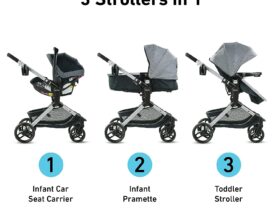

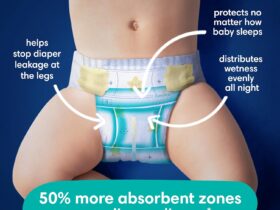


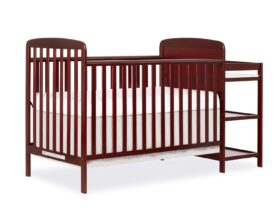

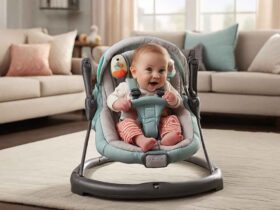

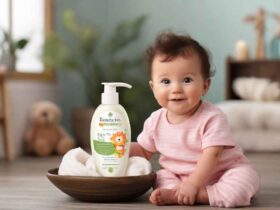
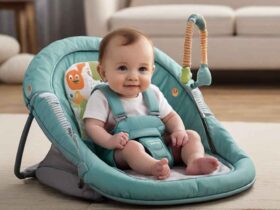
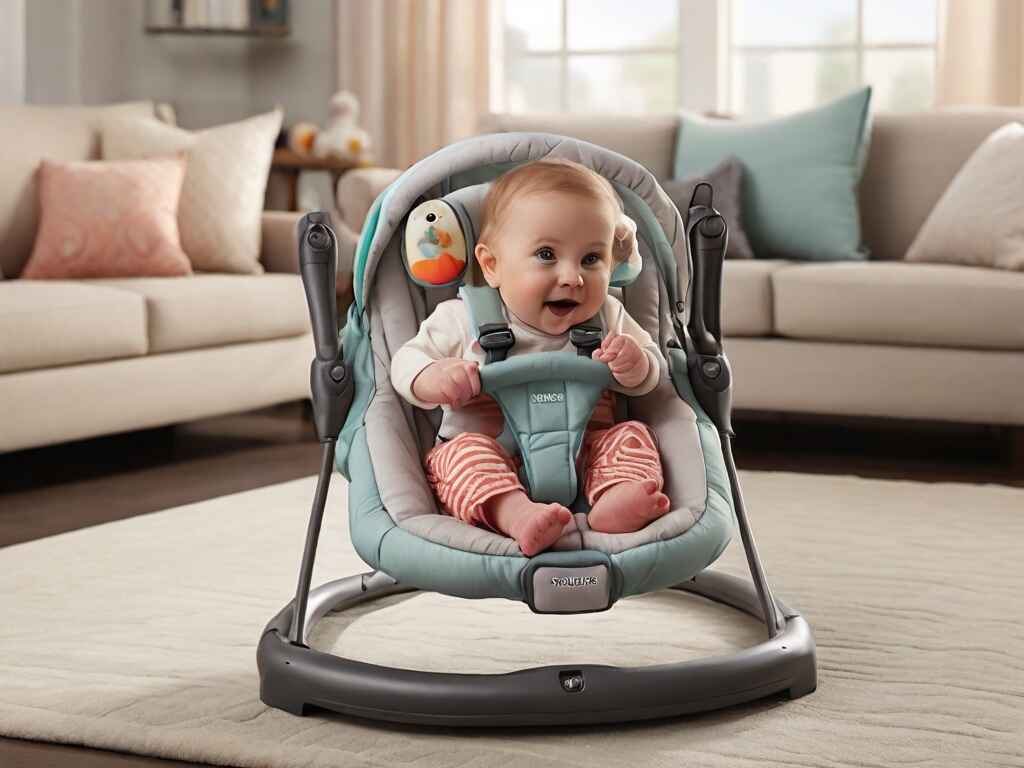


Leave a Review